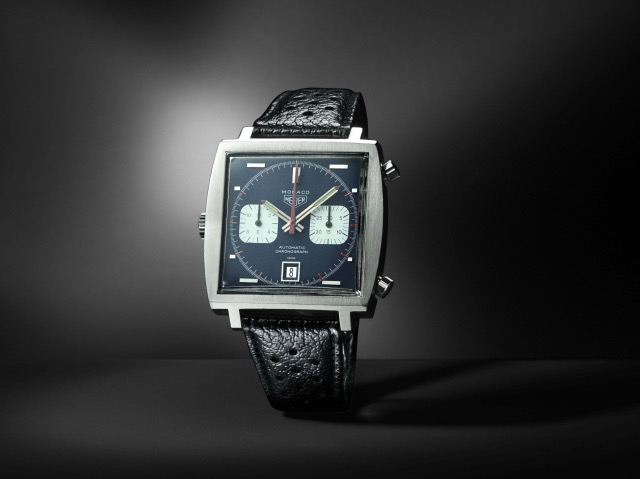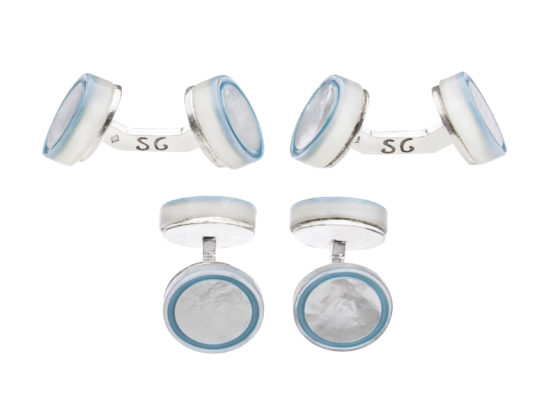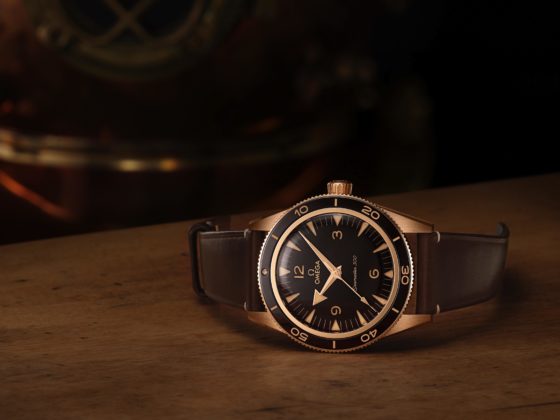There is just 50 years ago, the watchmaking industry was experiencing one of the most of its history. In just a few months, it saw the advent of the space watch, quartz, watch sponsorship and, simultaneously, of some of its mythical models.
By Olivier Muller
1969 was not only an erotic year. It was also a year when we knew how to get laid. It was in fact that year that the Concorde took off for the first time. Higher, further, stronger: it is also in 1969 that Neil Armstrong put a foot on the Moon, on July 21. In another register, just as soaring, it is still this year that the Woodstock festival gathers half a million people in Bethel, in the State of New York, whereas its organizers hope for only 50 000. These different journeys, more or less conscious, have marked their time. In 1969, the watchmaking world was not left out. It also accomplishes several revolutions. The most famous of these is the six letters that were to cause a cataclysm in the watchmaking world: quartz.
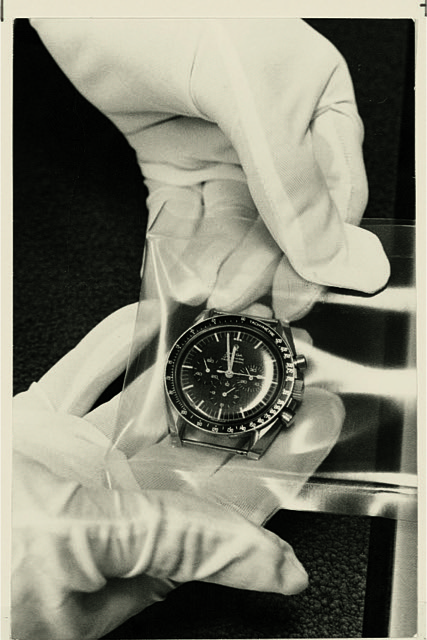
Lovers of watchmaking history shudder at the mere mention of it. The quartz watch, introduced to the world in 1969, has literally swept the watch industry. Seiko fired the first salvo on Christmas Day, unveiling its Astron. This is not a technological first. Contrary to popular belief, quartz was used much earlier, as early as the 1940s, in research laboratories. The quartz watch had already been created, but had a major problem: its miniaturized – and expensive – battery gave it only a few weeks of autonomy. But Seiko solves this problem first by proposing, in 1969, this Astron with quartz for the general public. At the time, it cost the price of a Toyota Corolla! From then on, Japan was to become the undisputed leader – and for many decades – of the quartz watch. Switzerland did not arrive until a year later – in 1970, notably with Girard-Perregaux, the pioneer founder of quartz – but this time lag, coupled with an obvious economic reluctance on the part of a country that wanted to defend its mechanical watchmaking, plunged it into a technological backwardness from which it took thirty years to recover.
Fortunately, the year 1969 also includes some of the most beautiful mechanical watchmaking creations. Among them, the famous Zenith El Primero. Why famous? By its ability to offer a mechanical chronograph accurate to a tenth of a second in series. Here again, we must do justice to the pioneers and keep in mind that, since 1916, the Heuer brand (later TAG Heuer) already knows how to time the hundredth anniversary of the second grade. However, these were sports watches and not wrist watches, in very limited quantities and reserved for professional use. The El Zenith’s Primero was to change the game. The amateurs will not miss to note that this is the first time that a collection has been named after its movement, and vice versa. Fifty years later, El Primero is still a fundamental pillar of the Zenith manufacture.
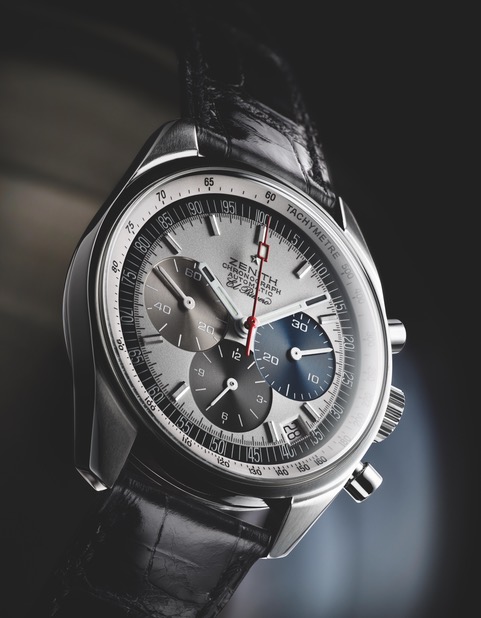
Another watchmaking monument of the year 1969: the Monaco from TAG Heuer. There are many things to say to his subject. The first is that its release is a huge failure. Square, blue vivid, with crown on the left, the piece is much too far ahead of its time and does not meet the public’s favor. The second one is about its movement, the famous Calibre 11. Technically, it is a historical monument: it is the first automatic chronograph in the world, the product of a collaboration between Breitling, Leonidas, Hamilton/Büren and Dubois Dépraz. However, in terms of reliability, there is a lot to complain about. The Calibre 11 is taken out of collection a few months after its release to be replaced by a more reliable elder. Finally, the Monaco is, in spite of itself, the first case of watch sponsoring: displayed – on a personal basis – to by Steve McQueen, the Monaco is about to become a cult for all fans of both the actor and the car race. A textbook case.
Finally, in addition to the first watch with LED, a Longines, was also released in 1969. This year is also the year of the first watch to set foot on the moon: a Speedmaster from Omega, with wrist of the astronaut Buzz Aldrin. The story goes that even the factory was not not aware of its presence on board Apollo 11, this July 20, 1969. No doubt that Omega will remember it fifty years later, on July 20, 2019, for an anniversary of which collectors have high expectations.


